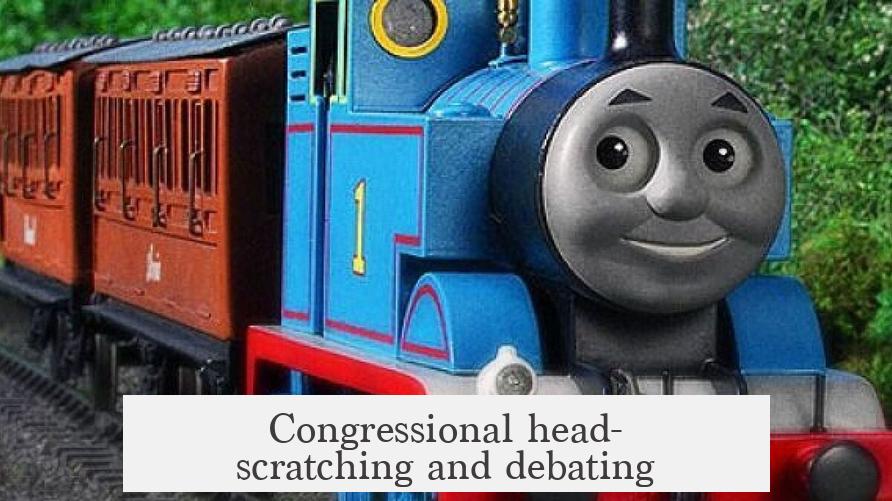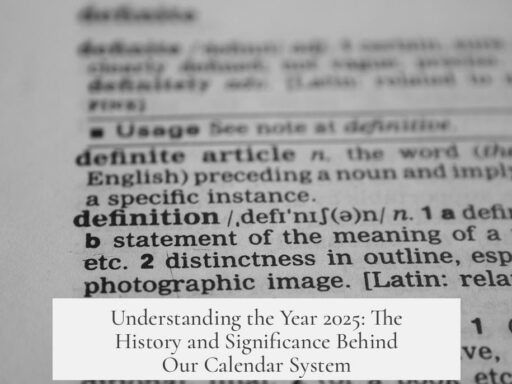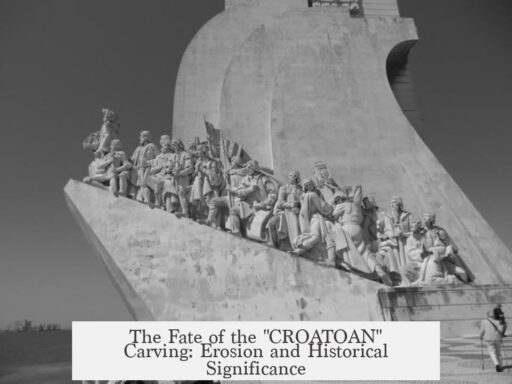Thomas Jefferson’s personal library became the foundation of the rebuilt Library of Congress after the original Congressional Library was destroyed by fire in 1814. Jefferson owned the largest private book collection in the early United States. When the British burned Washington, DC, they also destroyed the Capitol Building and its Congressional Library. Jefferson offered to sell his entire library to Congress to replace the lost collection, insisting it be purchased as a whole.
Despite Jefferson’s financial struggles, he proposed selling his collection for $23,950. He believed the library should cover all subjects Congress members might need. This comprehensive scope included many foreign language books, especially in French, which drew criticism during congressional debates. Some representatives feared the expense and questioned the practicality of such a vast and varied collection.
Ultimately, Congress approved the purchase of 6,487 volumes. These books were installed in the Capitol Building but suffered another fire in 1851. That fire damaged or destroyed about 4,500 volumes. Congress secured replacements for most of these lost books to restore the library’s breadth.
Today, the surviving works from Jefferson’s collection, along with the replacement volumes, reside in the Jefferson Building of the Library of Congress. This institution honors Jefferson’s original vision for a comprehensive, accessible library for the nation’s lawmakers.
Jefferson used part of the money from the sale to settle debts and acquire additional books. After his death, his heirs auctioned off the newer collection to cover remaining debts, scattering more than 1,600 volumes. Efforts continue to locate these auctioned books to reconnect them with Jefferson’s legacy.
| Event | Details |
|---|---|
| Library destruction (1814) | Original Congressional Library burned during War of 1812 |
| Jefferson’s offer | Sold entire personal library to Congress for $23,950 |
| Collection size | 6,487 books including many foreign language works |
| Second fire (1851) | Approx. 4,500 volumes destroyed, replaced later |
| Current status | Books housed in Jefferson Building, Library of Congress |
| After Jefferson’s death | New collection auctioned; ongoing tracking of dispersed volumes |
- Jefferson’s library replaced the destroyed Congressional Library in 1814.
- Congress bought the entire collection despite debate over cost and content.
- The collection was damaged again in 1851, but mostly restored.
- Today, the collection is central to the Library of Congress’s holdings.
- Jefferson’s heirs auctioned later books, which are still being rediscovered.
What happened to Thomas Jefferson’s personal library?

Thomas Jefferson’s personal library became the foundation of the Library of Congress after the original Congressional Library was destroyed during the War of 1812. This fascinating story captures the resilience of knowledge and one man’s commitment to preserving information for the young nation.
Let’s unpack the journey of Jefferson’s books, from his private shelves to the heart of the United States’ most iconic library.
The birth of a private treasure
Jefferson wasn’t just a President; he was a book lover with the largest private library in the early United States. Imagine, back then, owning more books than anyone else in the country! His collection covered a dizzying array of topics, representing the vast expanse of knowledge—science, philosophy, law, languages—you name it.
This was no casual collection of novels or poetry. Jefferson believed books held the key to informed citizenship, and his library was a treasure trove for anyone wanting to learn about “any subject to which a member of Congress may not have occasion to refer.”
The tragic loss of the Congressional Library
In 1814, the British blitzed Washington, D.C., during the War of 1812, setting the Capitol Building ablaze. Along with it went the Congressional Library—a devastating blow to a fledgling nation’s repository of knowledge, leaving lawmakers empty-handed and embarrassed.
The loss was enormous. As critics grumbled and politicians wrung their hands, Jefferson stepped into the spotlight with a bold offer.
Jefferson’s all-or-nothing offer
Despite facing his own financial struggles, Jefferson offered to sell his personal library to Congress to replace the destroyed collection. Not just a handful of books, but the entire collection—about 6,487 volumes.
“I do not offer to sell some books. It is all or nothing, take it or leave it.”
Talk about commitment! Jefferson emphasized that his library covered every subject Congress might need, making it a perfect replacement.
Congressional head-scratching and debating

Buy Jefferson’s library? Sounds like a slam dunk, but the decision ignited heated debate in Congress.
- The price tag was hefty: $23,950.
- Some worried about the French and other foreign language works, questioning their relevance.
- Representative Cyrus King went as far as to say the purchase would “bankrupt the Treasury” and disgrace the nation with books many couldn’t or shouldn’t read.
Despite the naysayers, the House and Senate approved the deal. Jefferson’s library officially became the nucleus of the new Congressional Library, and by extension, the precursor of today’s Library of Congress.
Fighting fires—literally
But the story wasn’t over. In 1851, another fire struck the Capitol, this time damaging the collection Jefferson had helped rebuild. Roughly 4,500 books were lost. Only about 2,000 survived the blaze.
Luckily, replacements were sourced for most of those destroyed books. The new volumes, plus the survivors, found a home in the Capitol for some time.
Where are Jefferson’s books now?
The collection eventually became part of what we now know as the Library of Congress. Today, the surviving original books and their replacements are housed in the Jefferson Building within the Library of Congress.
The books are now kept in the Jefferson Building of the Library of Congress, along with exact replacements for most of the 4,500 destroyed volumes.
So when you visit there, you get a peek at the actual knowledge foundation of America’s knowledge repository, thanks to Jefferson’s foresight.
The curious aftermath: Jefferson’s second collection
Jefferson used some of the $23,950 sale proceeds to pay off debts and expand his personal collection. But after his death eleven years later, his heirs auctioned off this new batch of over 1,600 books, again to settle debt.
This means Jefferson’s private book story doesn’t end neatly. There’s an ongoing effort to track down those dispersed books, like a historical scavenger hunt.
He used the sale proceeds to purchase more books, but his heirs auctioned these off later to satisfy debts. Researchers are still on the trail of these books.
Why should we care?

Jefferson’s library saga teaches us about the importance of preserving knowledge—sometimes against all odds. In a young country, where information was power, Jefferson’s passion for books helped shape America’s intellectual backbone.
Isn’t it fascinating how a man’s love for books turned into one of the world’s greatest libraries? What does that say about the value of private collections for public gains?
Final thoughts
Thomas Jefferson’s personal library had a wild ride—from private passion project to national treasure, through fires, debates, and sales. Today, the Library of Congress stands bigger and stronger thanks to that commitment.
Next time you browse a library, think about Jefferson’s books. They remind us why books matter, why we fight to protect information, and how one person’s zeal can light the path for millions.
What happened to Thomas Jefferson’s personal library after the War of 1812?
After the British burned the Congressional Library in 1814, Jefferson offered to sell his entire personal library to Congress. This collection formed the basis for rebuilding the Library of Congress.
Why was there debate over Congress purchasing Jefferson’s library?
Congress debated the cost and content of the library. Some members worried about the high price and the many foreign language books. Still, they approved buying all 6,487 books for about $24,000.
How did Jefferson’s library survive after another fire in 1851?
A fire in 1851 destroyed about 4,500 of Jefferson’s original books. However, most were replaced, and the surviving volumes remain part of the Library of Congress today.
What did Jefferson do with the money from selling his library?
Jefferson used part of the proceeds to pay his debts and buy more books. After his death, his heirs auctioned off the new books to cover remaining debts.
Where are Jefferson’s books located today?
The surviving books and their replacements are housed in the Jefferson Building of the Library of Congress, preserving his collection for public use.




